Enzo Mari is an Italian modernist artist and furniture designer. He draws inspiration from the idealism of the Arts and Crafts movement, and his political and social ideas from socialism and communism.
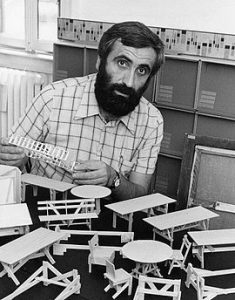
Image source: https://en.wikipedia.org/wiki/Enzo_Mari
About His Life
Born in Novara in 1932, He studied at the Accademia delle Belle Arti in Milan, and alongside his studies, he had developed an intense artistic production, with personal and collective exhibitions at galleries and contemporary art museums. At the same time, he also began his design work, at first as personal, formal research, and later in collaboration with numerous industrial companies, in the graphics and publishing, industrial products and exhibition fittings sectors.
His work is internationally acclaimed, and considered to be among the most representative of Italian design. It is distinguished by constant research and experimentation with new product forms and meanings, often set in contrast with the traditional norms of industrial design.
Info source: http://www.magisdesign.com/elenco_designers/enzo-mari/
Artist and Designer
His unique position as an artist-cum-designer is documented in the many publications dedicated to his work, and in his participation in major institutions. Enzo Mari’s work takes different artistic directions, having in common his reflections on the meaning of form and design. His creative activity, after a preliminary research into visual perception, has been dedicated to the creation of children’s toys, graphic art, design and architecture.
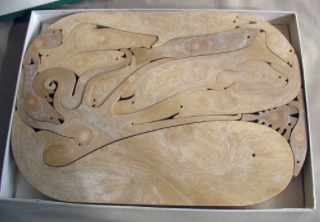
Image source: https://search.creativecommons.org/photos/11799e1d-4af3-48b5-86f1-5692de827772 by Brett Jordan
In 1963 he became the coordinator of the italian group “Nuove Tendenze” (New Trends), caring in 1965 the exhibition of optical kinetic, and program-art for the “Biennale” of Zagreb . Characteristic of his complete work is the continious research and experimentation of new shapes and signifities of products, even being in contrast with the traditional mould of Industrial Design.
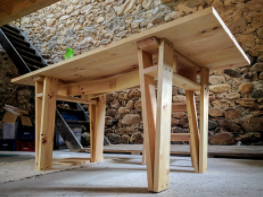
Image source: https://search.creativecommons.org/photos/22450c71-969d-4358-8f59-4d707863cefd by neil cummings
In 1971 Enzo Mari was participating on a critical speech at the exhibition “Italy: The New Domestic Landscape” at the MOMA in New York.
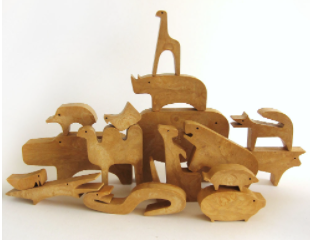
Image source: https://search.creativecommons.org/photos/e4300d72-786d-47b1-a240-ce6ca643c069 by Brett Jordan
His position of art and design is documented in many of the published reports dedicated to his work and in the works of important associations, like the “Associazione per il Disegno Industriale” of which Mari has been president from 1976-1979. Enzo Mari received the “Compasso d’Oro” three times. His works and his objects are presentated in various museums of contemporary art: “Galleria Nazionale d’Arte Moderna” in Rome, “Moderna Museet” in Stockholm, “Stedelijk Museum” in Amsterdam, “Kunstmuseum” in Düsseldorf.
In 1983 an important exhibition has been dedicated to him by the “Centro Studi e Archivio della Comunicazione” of the University of Parma. Enzo Mari donated 8.500 of his drawings and elaborates to this archives.
Info source: http://www.danesemilano.com/designers/enzo-mari/
Conceptual Philosophy
Mari produces design more than design products. Grounded and verified in visual language studies, the scientific process of his work is applied to designing objects that focus strongly on meaning and not effect. They are free from neologisms and aggressively promotional stimuli, that is to say they lack the aggressiveness typical of consumer fads.
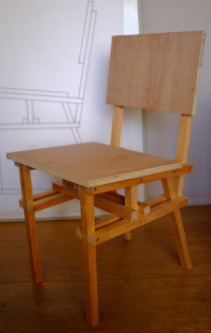
Image source: https://search.creativecommons.org/photos/ce22a69d-0659-467f-b8af-05cd19d001ca by neil cummings
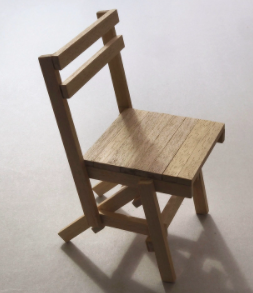
Image source: https://search.creativecommons.org/photos/1f3fb93b-05de-426c-8f13-48dd7735b713 by jlggb
Mari’s concept of design can be summed up as technology plus an ideology that requires collective objects to be free from alienating superstructures. Closely linking technology and ideology leads to an operation that is overall clearly methodological. Mari does not personalise the forms he creates, he keeps his objects real. Opposed to non-technical obsolescence and the constraints of psychological consumption, Mari aims to free things of their mere value as commodities and is only concerned with what they can communicate.
Info source: https://www.domusweb.it/en/from-the-archive/2012/08/11/the-enzo-mari-method.html
Academic World
Recently his activity is extending to the research and to plannings for urbanistic projects (Milan, project for “Piazza del Duomo) and to didactics, performed with conferences and courses of lectures in Italy and in foreign countries. He has held many training courses, including those at the Visual Communication Study Centre at the University of Parma, the Fine Arts Academy at Carrara, the Faculty of Architecture at Milan Polytechnic and at ISIA in Florence. Recently, he gave lectures and held conferences at the Berlin College of Art (Hochschule der Kunste) and the Vienna College for Applied Arts (Hochschule fűr angewandte Kunst). He is also a member of the “Communication Archives and Study Centre” in Parma.
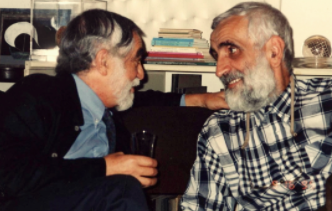
Image source: https://search.creativecommons.org/photos/2eaf3e66-f7b1-4243-b3b4-ae5a19b7e399 by צילום: יפה גאון
Info source: http://www.driade.com/en/designer/enzo-mari
Awards
- Compasso d’Oro award: 1967 “for individual research in design”.
- Compasso d’Oro award: 1979 for the “Delfina” chair.
- Compasso d’Oro award: 1987 for the “Tonietta” chair.
- Compasso d’Oro award: 2001 for the “Legato” table.
- “Barcelona” prize in 1997.
- The RSA of London presented him with the award of “HonRDI” (Honorary Royal Designer for Industry) in 2000. Only 200 people may hold this title at any time.
- The Faculty of Architecture at Milan Polytechnic presented Mari with an honorary degree in Industrial Design in 2002.
Info source: https://en.wikipedia.org/wiki/Enzo_Mari
